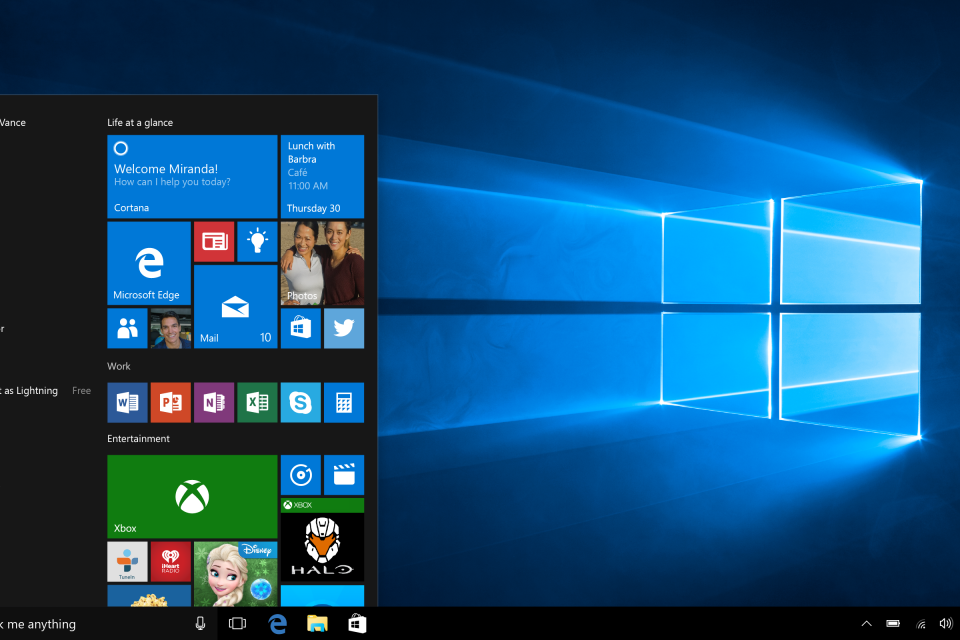
Introduction
Microsoft Windows 10, released in July 2015, has established itself as a cornerstone of personal computing. With over 1.3 billion users globally, understanding its features, updates, and significance is critical for users and IT professionals alike. Windows 10 marked a shift in how Microsoft approached operating systems, emphasizing user experience, security, and integration across devices.
Key Features
- Start Menu: Windows 10 reintroduced the Start Menu, integrating the simplicity of Windows 7 with the Live Tiles from Windows 8, allowing users quick access to apps and information.
- Virtual Desktops: The addition of virtual desktops enables users to create multiple desktop environments for better organization and productivity.
- Cortana: Microsoft’s voice assistant, Cortana, helps users execute commands, set reminders, and search for information seamlessly.
- Microsoft Edge: The introduction of the Edge browser aimed to replace Internet Explorer with a faster, more secure browsing experience.
- Gaming Features: Windows 10 integrated DirectX 12, improving gaming performance and allowing for cross-platform play.
Updates and Support
Windows 10 has undergone several significant updates since its initial release. The ‘Anniversary Update’ in August 2016 brought new features like Windows Ink, while the ‘Creators Update’ in 2017 focused on 3D modeling and gaming enhancements. Most recently, Microsoft’s annual updates have included security improvements, system performance enhancements, and a focus on remote working capabilities, particularly during the pandemic.
As of October 2023, Windows 10 remains a supported version, although Microsoft has been encouraging users to transition to Windows 11, which features a redesigned interface and enhanced functionalities. Windows 10’s support will continue until October 2025, providing users with ample time to adapt and transition.
Conclusion
Microsoft Windows 10 has played a pivotal role in defining modern operating systems. Its features cater to a broad audience, from casual users to professionals, ensuring productivity and security. As it approaches its end-of-support timeline, users should consider their options and stay informed about updates and transitions to Windows 11. The legacy of Windows 10 will likely influence future Microsoft products as the company continues to innovate in the realm of technology.

